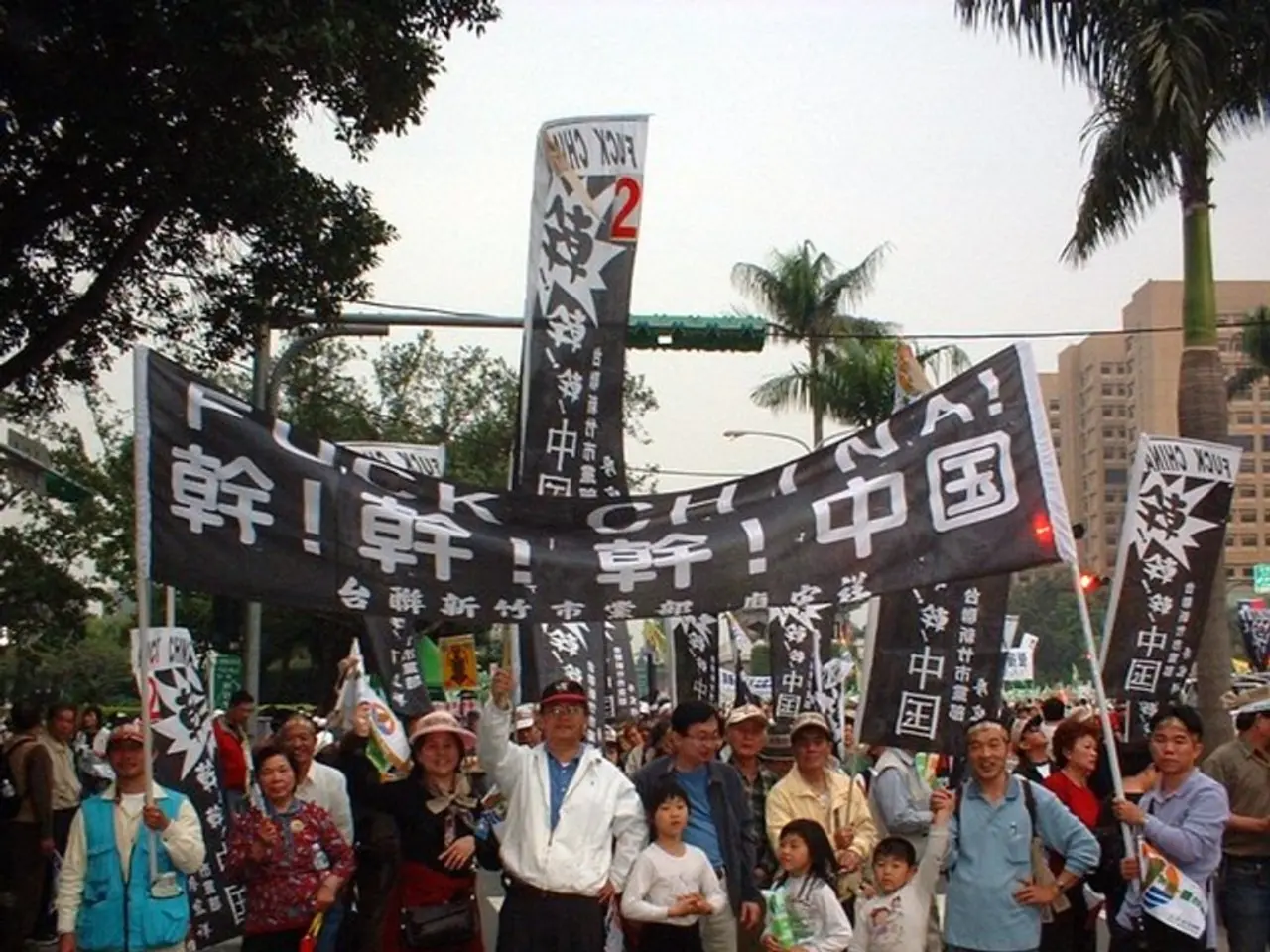Uncommon Minerals with Predominant Importance: Understanding Their Identity and Current Significance
In the ongoing trade war between the world's two largest economies, a new flashpoint has emerged: rare earth metals. China, once controlling 99% of the global supply, now produces approximately 60%, with other nations like the US and Australia ramping up their domestic mining efforts.
According to the International Energy Agency, China produced 61% of rare earth minerals (240,000 metric tons) and processed 92% of the total global supply in 2023. This dominance is evident in the strategic infrastructure China has built since the 1980s, with 90% of the world's rare earth materials being processed through this infrastructure.
The stakes are high in this trade tension, as securing a steady, diversified supply of rare earth metals is not just an economic priority but also a matter of national security. China has retaliated to the US's tariffs by imposing tariffs of up to 125% on American goods and leveraging its near-monopoly on rare earth metals.
Rare earth metals are essential to the production of advanced technologies, such as semiconductors, fighter jets, and smartphones. They are also used in a wide range of modern technologies, including electronics, clean energy, defense and military, lighting, displays and lasers, catalysis, and medical imaging. For instance, samarium is used in high-performance magnets for EVs and wind turbines, as well as in cancer treatments and nuclear reactors. Gadolinium is essential in MRI contrast agents, phosphors for lighting, and high-performance alloys.
The US is responding to China's countermeasure by investing in domestic facilities, fast-tracking offshore deep-sea mining, pouring millions into a new alliance with Australia, and attempting to bully countries like Greenland and Ukraine into sharing their mineral wealth. The Department of Defense has announced a partnership with MP Materials to secure critical minerals and establish a domestic NdPr supply chain for magnets, investing an initial amount of $400 million in MP Materials.
However, the current situation significantly disrupts the global supply and use of rare earth metals. The export restrictions have disrupted industries reliant on rare earths, forcing temporarily halted vehicle production at companies such as Ford, Suzuki, and impacting firms like Tesla concerned about supply availability for their products. Prices for key rare earths like dysprosium and terbium tripled in Europe within a month.
The scarcity and cost increases have accelerated efforts by the US and other countries to diversify supply chains and reduce dependence on China. However, such shifts require long-term investments and are not yet sufficient to offset China’s near-monopoly. The dynamic gives Beijing informal veto power over US foreign and domestic policy by threatening supply disruptions if geopolitical tensions escalate.
In conclusion, the US-China trade tensions have intensified global rare earth supply risks, increased prices, delayed manufacturing, and highlighted the urgent need for supply chain diversification beyond China’s dominance. As the world continues to rely heavily on these critical metals for advanced technologies, finding alternatives and reducing dependence on a single source remains a significant challenge.
- Despite the US's efforts to reduce dependence on China's rare earth metals through domestic mining and international alliances, the current situation significantly disrupts the global supply and use of these metals, affecting numerous industries, including the production of EVs and wind turbines.
- The strategies employed by China, such as imposing tariffs on American goods and leveraging its near-monopoly on rare earth metals, create significant economic and national security concerns for nations reliant on these metals for advanced technologies, as securing a diversified supply is imperative for future technological progress.








